1. The Recorder

Why did every school force us to screech out “Hot Cross Buns” on a plastic pipe of torture? Learning the recorder was supposed to introduce us to the world of music, but all it did was annoy parents and make dogs howl in distress. Nobody plays the recorder outside of third-grade music class, and yet, for some reason, schools made it a rite of passage. Did anyone actually enjoy it? Because it felt like a cruel joke played on children and their eardrums.
If schools really wanted us to learn an instrument, why not something actually useful or cool? Instead of mastering an instrument with zero real-world applications, we could have learned guitar, piano, or even how to mix music digitally. But no, we got the recorder, an instrument destined to collect dust in a forgotten drawer. It’s almost like the education system just wanted to test our patience and lung capacity. If you ever need a reminder of childhood trauma, just hear someone play “Mary Had a Little Lamb” on a recorder, and the memories will come flooding back.
2. Cursive Writing
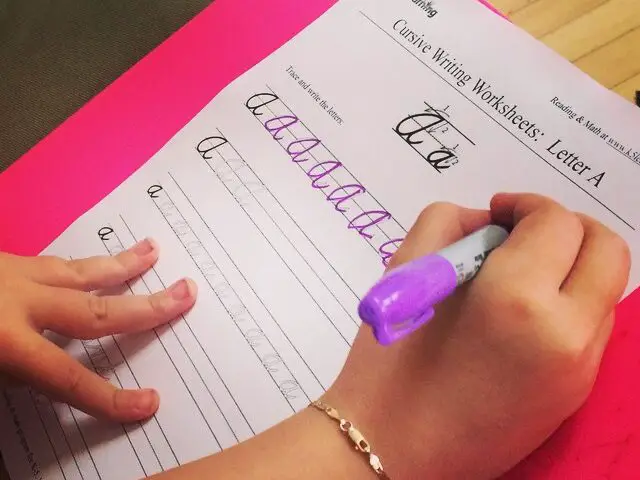
Remember when teachers insisted that cursive handwriting was a vital life skill? Fast forward to adulthood, and the only time you use it is when signing a receipt that no one even checks. Schools spent years drilling loops and flourishes into our heads, only for most of us to end up typing everything on keyboards and touchscreens. Even legal documents now accept digital signatures, making all those hand-cramping cursive drills utterly pointless. If anything, cursive is just a secret code for grandparents and historians at this point.
Yet, for some reason, schools treated it like the Rosetta Stone of intelligence. They told us that good penmanship equals success, but last time we checked, doctors have some of the worst handwriting on the planet, and they seem to be doing just fine. When was the last time someone judged your character based on the elegance of your lowercase ‘z’? Meanwhile, schools could have been teaching us how to do our taxes, but no—cursive was apparently more important. It’s now a dying skill, only kept alive by wedding invitations and the occasional pretentious café menu.
3. The Pythagorean Theorem
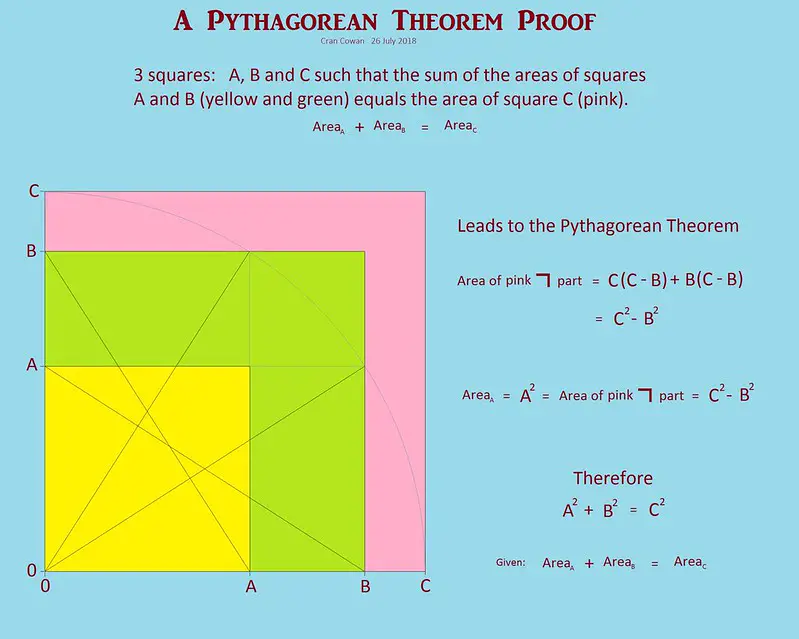
Ah, a² + b² = c², the sacred chant of every geometry class. This theorem is fantastic if you’re building a bridge or solving crime scenes on CSI, but for the rest of us, it’s as useful as a chocolate teapot. Unless your daily routine involves calculating hypotenuses for fun, there’s a 99% chance you’ve never used this formula outside of a math test. Yet, schools acted like we’d be completely lost in life without knowing the square root of something. Spoiler alert: We’re doing just fine without it.
Meanwhile, schools could have taught us how to budget, invest, or negotiate rent, but nope—triangles took priority. The irony? Most adults struggle to calculate a restaurant tip, yet we can confidently tell you that the longest side of a right triangle is the hypotenuse. It’s almost like the education system is trolling us. If Pythagoras were alive today, he’d be thrilled to know that his theorem lives on in dusty textbooks but has no impact on paying bills or fixing credit scores.
4. The Dewey Decimal System

There was a time when knowing the Dewey Decimal System felt like having the keys to a secret society. Librarians drilled this overly complicated number system into our heads, making sure we could locate books with military precision. But then Google happened, and suddenly, no one needed to decode a cryptic number system just to find information. Instead of memorizing 796.332 for football books, we just type “NFL history” into a search bar. If only someone had warned us that the internet would make Dewey’s legacy completely obsolete.
Now, the only people who truly care about this system are librarians and trivia night enthusiasts. Schools could have taught us how to research properly online, but instead, they made sure we knew how to navigate a library catalog from the Stone Age. In reality, most people haven’t stepped foot in a library since college, unless it was to find a quiet place with free Wi-Fi. If aliens landed tomorrow, the Dewey Decimal System would be one of the first things they’d classify as “unnecessary human nonsense”.
5. The Food Pyramid
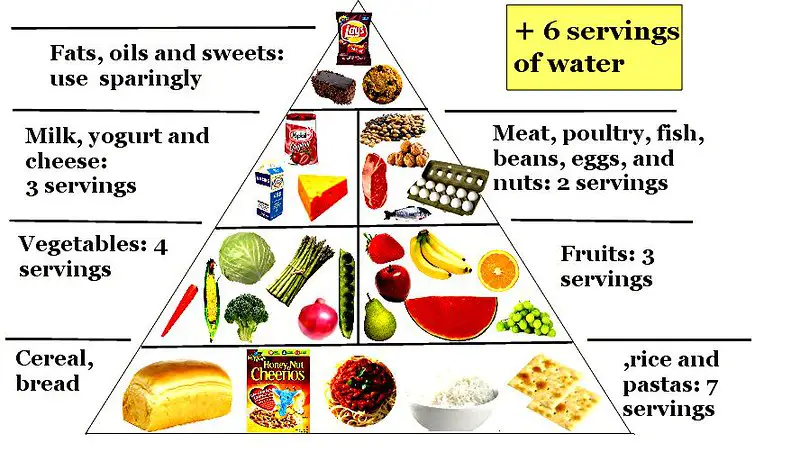
For years, schools made us believe that eating six servings of bread a day was the key to health. The food pyramid was a lie, and it took decades to admit it. It turns out, basing our diet on carbs and dairy wasn’t exactly the best idea, yet schools taught it like nutritional gospel. Meanwhile, fats—some of which are actually healthy—were demonized like they were the root of all evil. Turns out, the food pyramid was less about health and more about supporting the agriculture industry.
By the time schools realized they’d been feeding us outdated nonsense, most of us were already grown up and confused about food. Nobody follows the food pyramid today—in fact, most nutritionists laugh at it. If schools really wanted to help, they could have taught us how to cook healthy meals or understand food labels, but instead, they told us to drown in a sea of pasta and avoid avocados at all costs. If this was supposed to be a lesson in nutrition, then it was an absolute failure.
6. The Square Dancing Unit in Gym Class

Somewhere in the dark corners of the education system, someone decided that square dancing was a survival skill. Instead of teaching us basic self-defense, how to stay active, or literally any other useful movement, we spent weeks learning to do-si-do like we were preparing for an 1800s barn dance. To this day, nobody knows why square dancing was prioritized over functional fitness. Have you ever been at a wedding or a party and thought, “If only I knew how to promenade right now”? Exactly.
The real kicker? Most of us haven’t square danced since we were forced to do it in gym class. Instead of learning practical workouts or real-world dance moves, we got a crash course in spinning our partners and bowing for no apparent reason. Square dancing had absolutely no impact on our lives, yet schools acted like it was as important as learning to read. It’s almost like they ran out of ideas and thought, “Well, we could teach something useful, or we could make them dance in a square.”
7. Sentence Diagramming
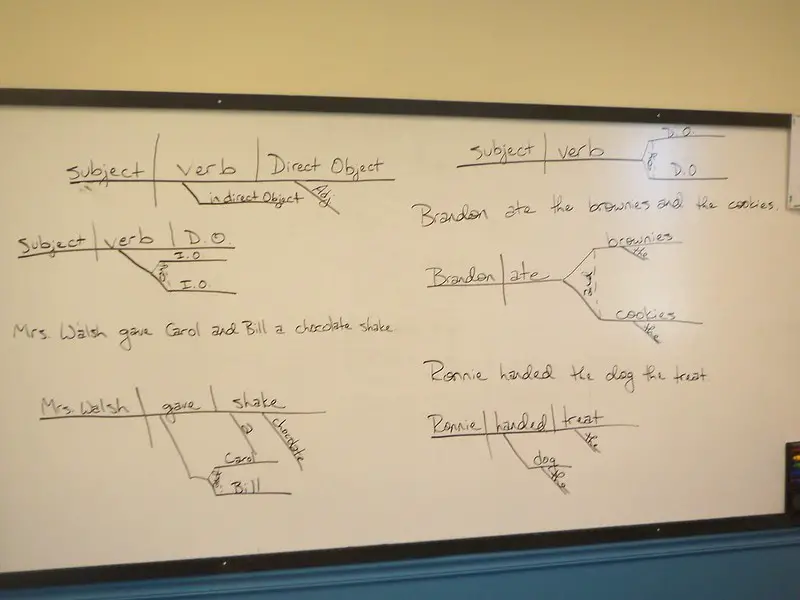
At some point in school, we were all forced to draw confusing branch-like structures to “analyze” sentences, as if we were training to be linguistic archaeologists. Teachers made us diagram every noun, verb, and conjunction, insisting that this skill was vital for understanding the English language. Meanwhile, we could already speak and write full sentences without issue, making the whole exercise feel like academic busywork. Unless you became an editor or an English professor, you probably never needed to map out a sentence like it was a crime scene. It turns out, knowing what a dangling participle is doesn’t actually help with paying rent.
Somehow, sentence diagramming was treated as more important than basic communication skills, like writing a professional email or crafting a decent résumé. While we wasted time drawing little arrows and slashing through predicates, schools completely skipped over how to write a compelling cover letter or negotiate a salary. Wouldn’t it have been more useful to learn how to proofread or summarize information clearly? Instead, we spent hours staring at sentence structures we’d never use again, making us question if this was really the best use of our time. Spoiler alert: It wasn’t.
8. Roman Numerals

Sure, Roman numerals look fancy on clock faces and Super Bowl logos, but when was the last time you actually needed them in daily life? Teachers drilled these ancient symbols into our heads as if we’d be reading Latin scrolls on a daily basis. We learned that X means 10, L means 50, and M means 1,000, but the moment we tried to do actual math with them, it became a complete nightmare. Even the Romans eventually ditched their own system because it was too complicated, so why were we still learning it in the 21st century?
If schools really wanted to teach us useful number skills, they could have focused on basic budgeting, credit scores, or how to calculate a mortgage. Instead, we memorized how to decipher movie sequel titles, because apparently, knowing Rocky III came before Rocky IV was a crucial life skill. When you’re at the grocery store trying to calculate sales tax, knowing that C equals 100 is absolutely useless. At this point, the only people using Roman numerals are clockmakers and the NFL, and somehow, we’re all expected to be fluent in it.
9. Balancing Chemical Equations

Unless you became a chemist, engineer, or Breaking Bad extra, balancing chemical equations was a complete waste of time. For weeks, we were told that making sure both sides of a chemical reaction were equal was vital to understanding science. Meanwhile, we never learned how to read a nutrition label, understand medication side effects, or even safely mix household cleaners. Balancing H₂ + O₂ = H₂O might be useful in a lab, but when it comes to actual daily life, most of us are just trying to figure out which vitamins we actually need.
Instead of memorizing the periodic table, we could have learned how chemicals impact our health, like why too much caffeine makes us jittery or how to understand food additives. Yet, schools decided that teaching us abstract formulas was somehow more important. When was the last time you thought, “If only I could balance this combustion reaction, my life would be so much easier?” Exactly. Meanwhile, nobody taught us what to do if we accidentally mixed bleach with ammonia—which is actual life-saving knowledge.
10. Learning to Use a Checkbook
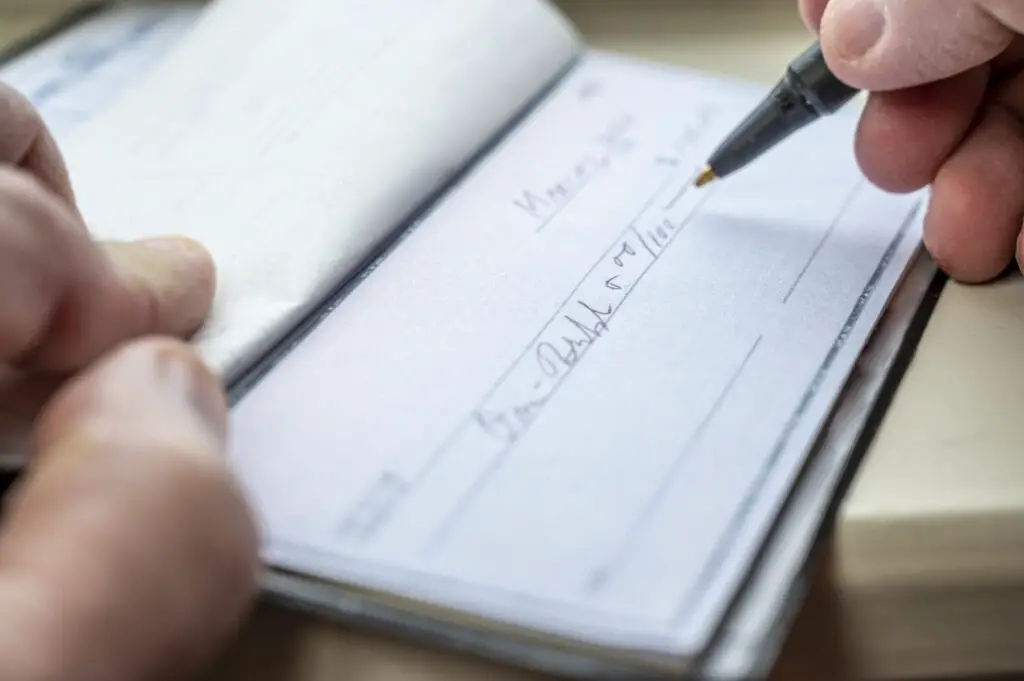
There was a time when schools thought balancing a checkbook was an essential adult skill. They made sure we could write checks, log transactions, and keep track of an imaginary bank account, as if we’d be spending the rest of our lives writing paper checks at the grocery store. Fast forward to today, and most of us have never even owned a checkbook. Everything is automated, digital, and tracked through banking apps, meaning those hours spent practicing check writing were completely wasted. If anything, the only time we even see a check is when someone older insists on paying rent that way.
Instead of drilling obsolete banking methods into our heads, schools could have taught us how to build credit, avoid scams, or negotiate interest rates—you know, things that actually impact financial health today. Imagine if they had explained how credit cards work instead of wasting time on checkbook balancing worksheets. Instead, we left school knowing how to sign a check but not how to budget properly, which is why so many people learn financial literacy the hard way—by making expensive mistakes. Thanks for nothing, math class.
11. How to Dissect an Animal

For some reason, schools decided that one of the most important things we needed to learn was how to slice open a dead animal and poke around its insides. Whether it was a frog, a worm, or some poor fetal pig, we were handed scalpels, rubber gloves, and the stench of formaldehyde, and told this was science. For anyone dreaming of becoming a surgeon, this might have been useful—but for the rest of us, it was just a traumatic, smelly mess. Worst of all, most students weren’t even allowed to do the cutting—we just had to sit there and watch the one eager kid in the group go full mad scientist. And let’s be real—if you needed this lesson to know where a liver is, you had bigger problems.
Meanwhile, schools could have taught us practical biology, like first aid, nutrition, or even basic CPR, but nope—frogs were the priority. Instead of learning how to treat a burn, stop a nosebleed, or recognize the symptoms of a stroke, we were forced to identify organs we’d never need to see again. Not to mention, Google exists, meaning if we ever need to know what a kidney looks like, we can just look it up—without the smell of rotting amphibians haunting us. The only real lesson from this experience? The fastest way to ruin a kid’s lunch is to hand them a scalpel and a preserved frog.


